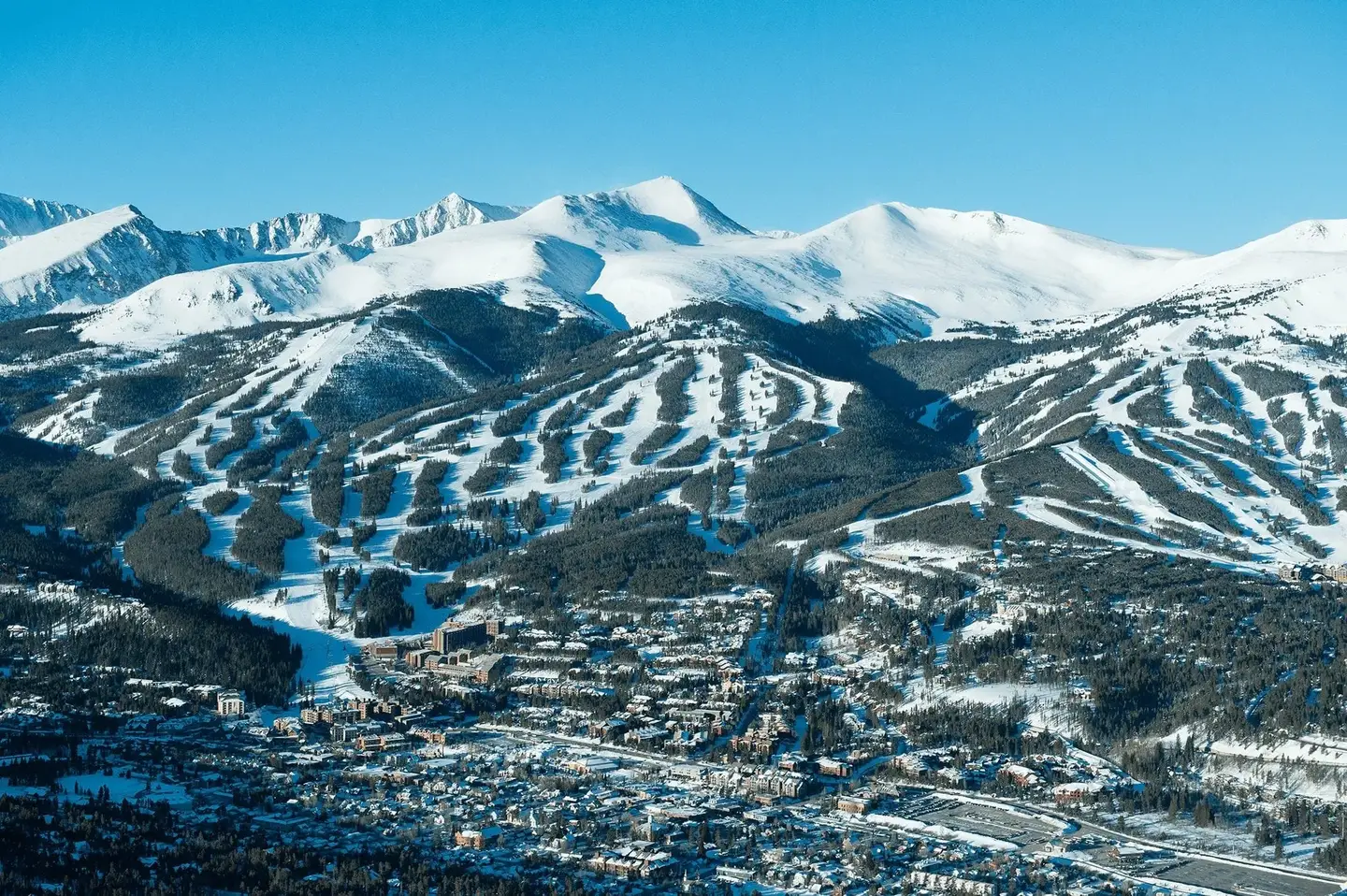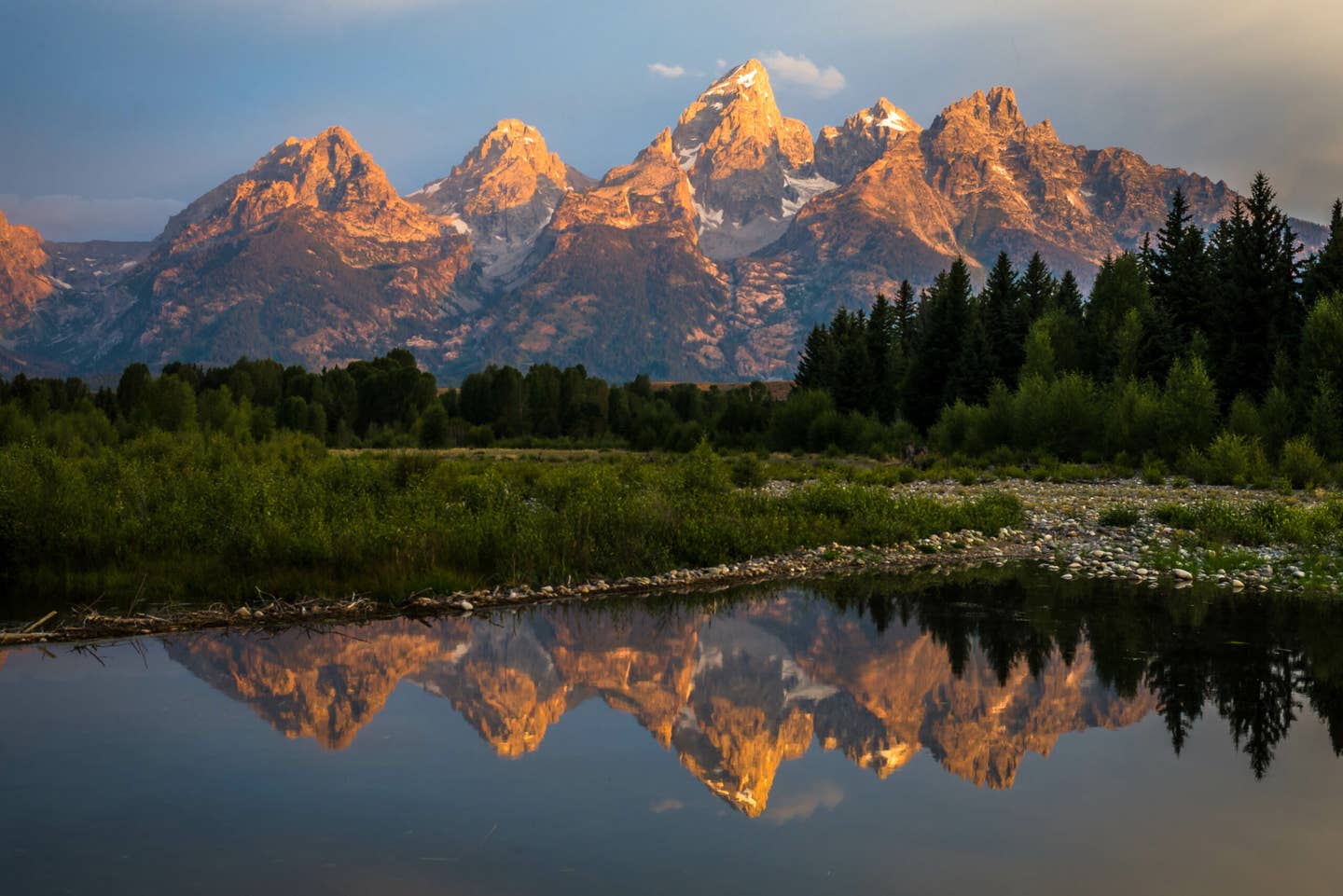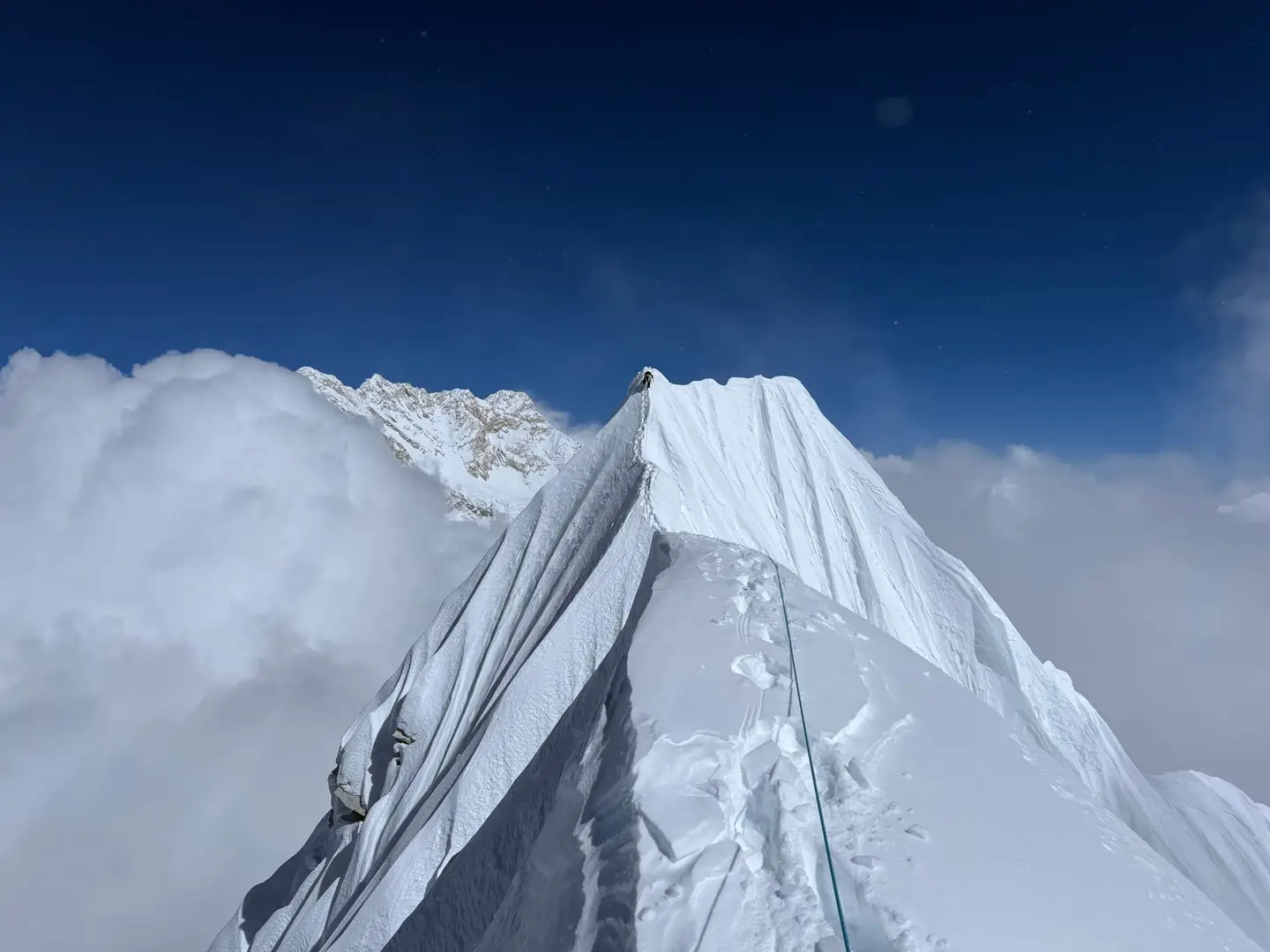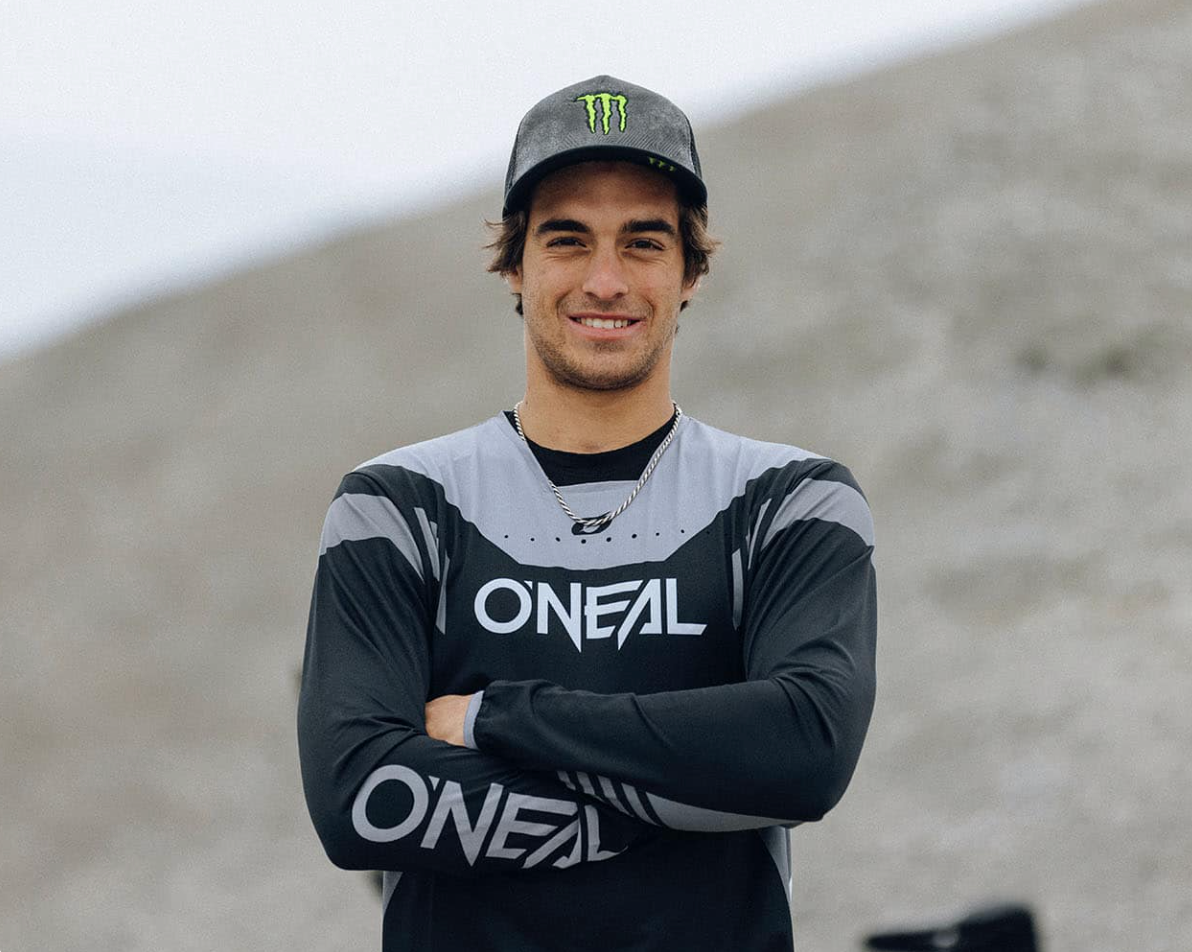

A Unique Approach to Backcountry Education: A Look Inside the Samsara Big Mountain Snow Safety Course
Popular Stories
It's day one of the Samsara Big Mountain Snow Safety (BMSS) course, a private, high-level course in the Tetons designed for freeride athletes and industry professionals to hone their backcountry skills in complex terrain. The three field days are all student-led, and instructors work with small groups of skiers and riders to help them fine tune their efficiency, decision making, and technical skills.
IFMGA-certified mountain guide Zahan Billimoria developed the course back in 2013 when a group of skiers who had finished their recreational level avalanche courses hired him for a private course. No stranger to terrain fraught with risk, Billimoria has guided and skied some of the steepest lines in the Tetons, as well as working as a guide for Teton Gravity Research films, guiding Jeremy Jones on the famed Grand Teton Otter Body descent for the film Higher. "It got me thinking that there's this huge gap once you finish traditional courses," Billimoria says. "In the traditional curriculum, you typically spend time avoiding avalanche terrain. But you can't have a genuine experience of learning to manage risk if there isn't any."
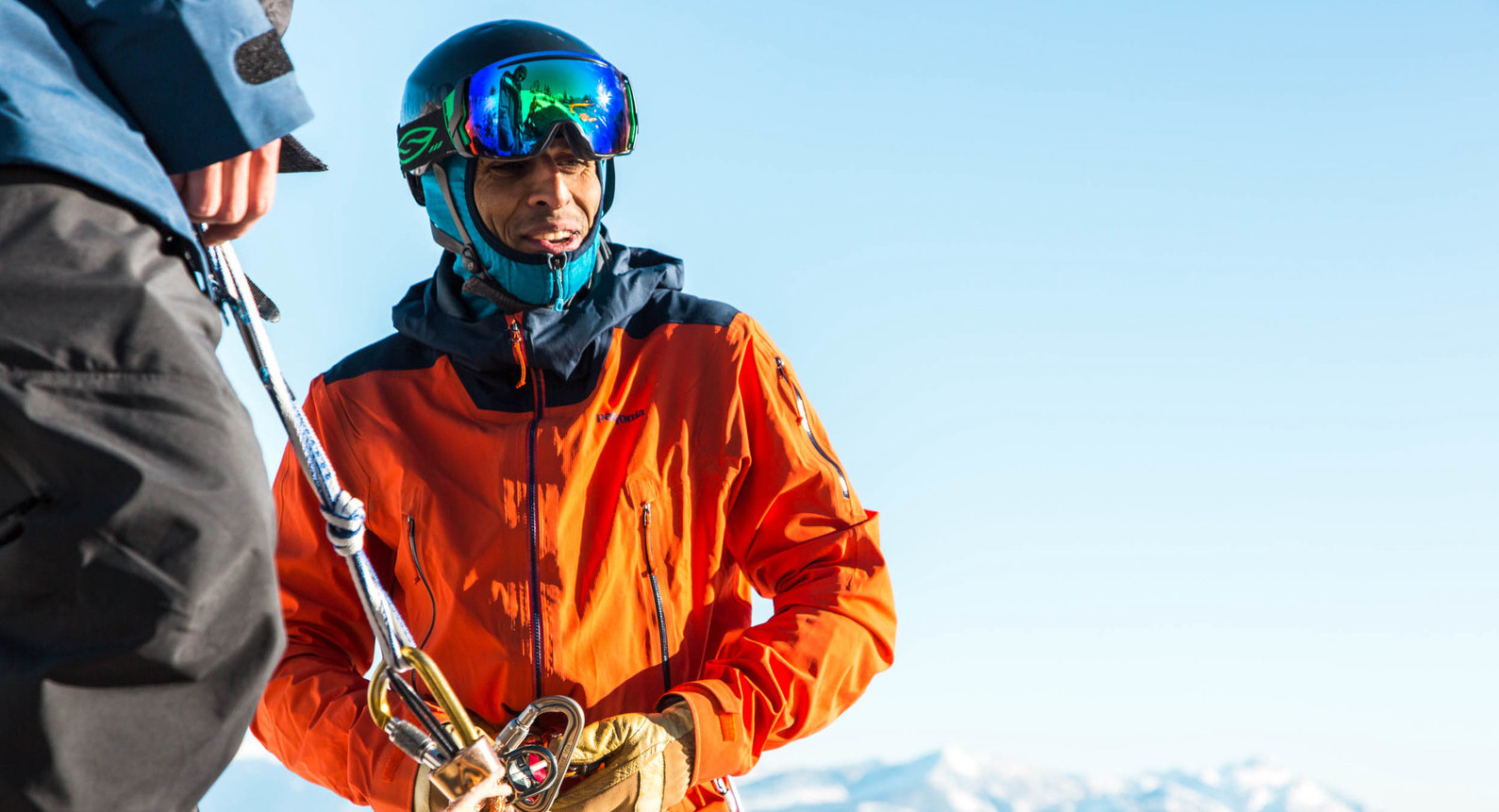
That's not to say that the goal of the course is simply to hurl yourself headfirst into high-risk situations. The curriculum is carefully mapped out to work progressively into more complex terrain under the guidance of an instructor, putting new systems and processes into practice in the environment that you actually intend to travel through. Day one begins with a student-led tour that edges into steeper but less technical terrain and day two is an indoor workshop day, with lessons about snow metamorphism, discussions about risk management, and hands-on practice with technical rope systems. On days three and four, crews head into steeper terrain that might require rappelling, roped ski cutting, and travel on exposed ridges.
In the past, Billimoria has set it up for groups of three or four, which was ideal for a crew that skis together already and wants input on their process. In late February, Samsara hosted the first-ever open enrollment BMSS course, with 16 students led by four highly accomplished Exum guides, including himself, Billy Haas, Adam Fabrikant, and Aaron Diamond.
Open enrollment doesn't eliminate the need for pre-requisites. An extensive resume is required to sign up for the course, including requirements of up to an AAI or AIARE Level 2, documented backcountry ski descents over 45 degrees, documented ski tours with over 6,000 feet of elevation gain, and other thoughtful questions to find candidates that will get the most out of a course like this. The inaugural crew that showed up in Jackson this February was a mix of athletes and adventurers looking to be more self-sufficient when tackling both bigger and remote terrain. "Learning these types of skills usually means finding a mentor to teach you. But that's not always realistic because it's actually not that easy to find a mentor," said skier Spencer Harkins who took the BMSS course this year for the second time. "With a lot of skills there's a book or a YouTube video or something. With skiing it's not really like that. It feels like a lot of the information is still trapped in people's heads and it's rooted in lived experience. Most of what we're trying to learn comes from other people, which is why time out on the skintrack with these experts is so valuable."
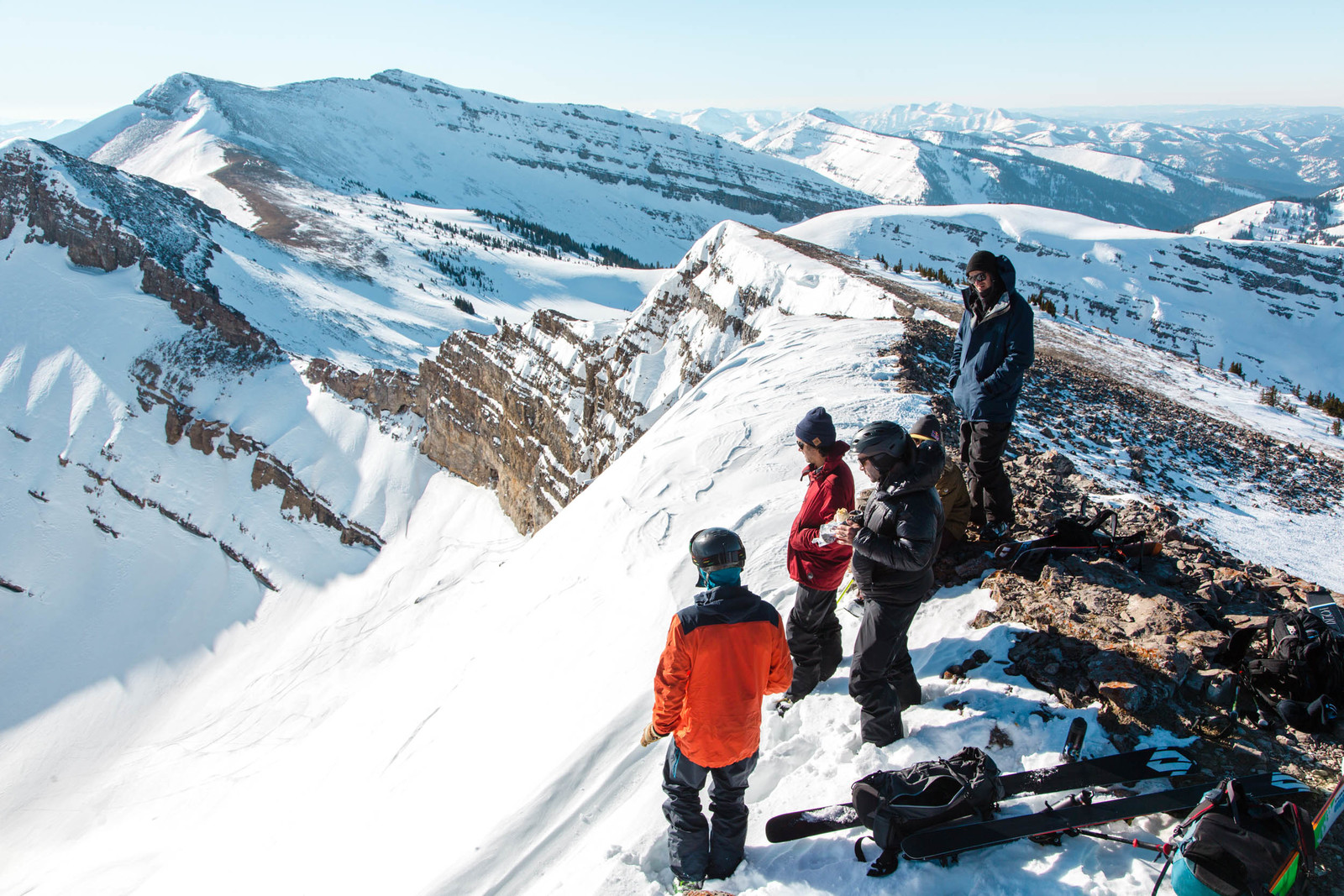
Ski mountaineering is a unique sport, one that presents a pretty fascinating dichotomy, challenging both our mental acuity and physical skills. It combines complex systems from alpine and rock climbing, which demand attention to detail and a slower, more thoughtful approach to mountain travel, along with a gravity-fueled descent that allows us to travel through terrain quickly. The carrot of steep powder turns dangling in front of us can mess with our heads, leading us to forget about all the other steps we need to go through in order to even get to those turns. Balancing the pull of ski turns while identifying and mitigating the risks around us (which aren't always obvious), makes for a constant battle between two sides of our brains.
Learning about rope systems while skiing is a big draw for Big Mountain Snow Safety. Setting up rappels, giving a ski belay, and ski cutting, are all skills that traditional avalanche courses understandably avoid, and most skilled ski mountaineers end up learning many of these processes from friends and mentors. During the classroom day, Billimoria, Haas, Diamond, and Fabrikant taught hands-on lessons on rappelling techniques, knots, and belaying systems in a ski context, going over nuances like how to stow your rope in your ski pack, and finding a stable belay stance in the snow while giving a hip belay.
Despite the allure of throwing ropes and sharps around with your skis on, Billimoria also really drove home how important it is to not lose sight of the bigger picture. "Using these skills to suspend ourselves in air and rappel off cliffs is so attractive," says Billimoria. "I remember how wild it felt for me, integrating these technical systems into skiing. It felt like stepping into a whole different realm. But these skills are all relatively simple, and can be understood in fairly certain terms compared to the much bigger reality: is the mountain going to fall down on me?"
In the grand scheme of things, rappelling and other rope skills are fairly simple techniques to learn. To put things in perspective, while not impossible, it's rare that skiers are rappelling off the ends of their ropes to their deaths. More often, skiers are dying in avalanches because they're missing the bigger picture. That's the part of ski mountaineering that can never truly be conquered, where you can never really let your guard down.
"For me the most powerful moments of this course were trying to help students be better naturalists, which is really at the root of surviving in avalanche terrain," says Billimoria. "In reality, ski touring is a really damn slow sport. There's so much time while we're walking and talking to interpret nature, and become more in tune with the dynamic environment we're traveling in." Picking up on clues like wind transport, temperatures, and surface textures is sometimes easy to overlook when we become hyper focused on our objective, or the technical approach that it takes to access it. Putting in a long booter, setting up a rope, and getting through a sketchy downclimb, can easily distract us from more obvious signals of instability. And in consequential terrain, small slides or falls can have devastating consequences. The margins begin to narrow, which is why a major theme throughout the course is risk awareness; are we really aware of the risks we're putting ourselves into? What could we be overlooking?
Sign Up for the TGR Gravity Check Newsletter Now
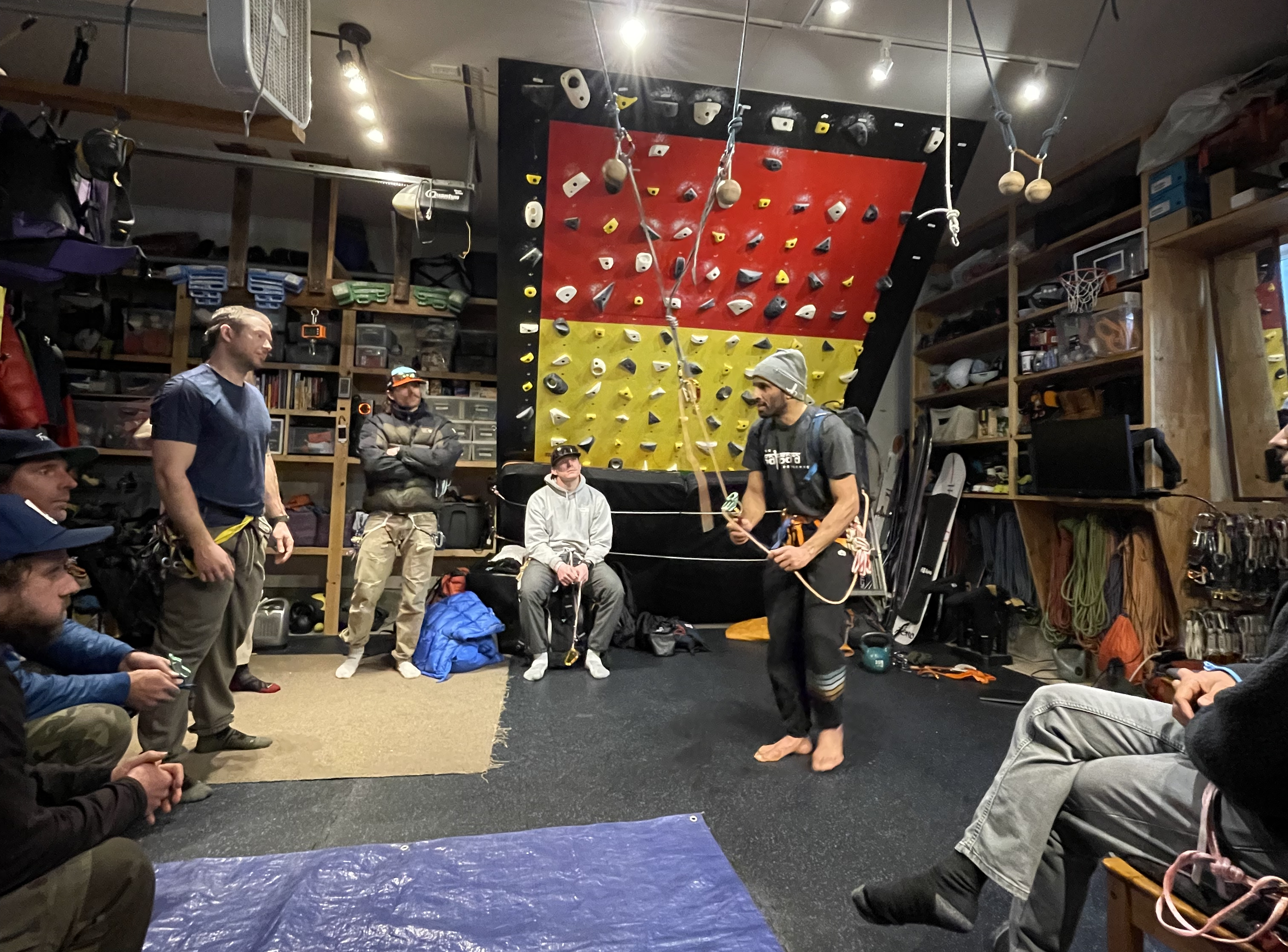
It's not necessarily that the content of Big Mountain Snow Safety is revolutionary. But the style of instruction, which puts the leadership component onto the students, suggests a really valuable way for skiers to become better backcountry travelers. One group of four worked together to protect an exposed knife edge ridge on Prospector's Mountain before rappelling into a steep line into Death Canyon, something that requires a high level of trust between both partners and guide. While traditional avalanche courses teach avoidance, Billimoria dives headfirst into the complex dance that is traveling in avalanche terrain, building trust with students as partners as they progress into more challenging terrain together.
As the father of two high schoolers, Billimoria points to teaching his kids to drive as the best analogy to explain the value of a student-led course. "They don't teach you to drive in a classroom setting then just give you the keys and a stamp of approval," he says. "You sit with them, drive with them, notice tendencies and mistakes. You sit alongside them as they evolve. That's what I want to do with Big Mountain Snow Safety; Let me take a passenger seat to your process while doing something that you and I both agree is super dangerous. I'll put my seatbelt on and you drive. We'll go slow and we'll go together, and we'll both be open to feedback and input. That's the beauty of the whole thing. I won't let you hurt yourself, but I'll let you take risks and be there along with you."
The following week, I set out with a partner to ski a technical line into Avalanche Canyon in Grand Teton National Park. We talked a lot about the gear we'd bring for the short rappel and down climb, but the conversation also drifted back to how easy it is to get hyper focused on some of those small details. What kind of information could we gather on the uptrack to help us evaluate the snowpack before rapping into a committing line? We walked and talked, digging out hand shears and discussing potential red flags before reaching our transition point and preparing to scramble down a rocky scree field to find our rap anchors.
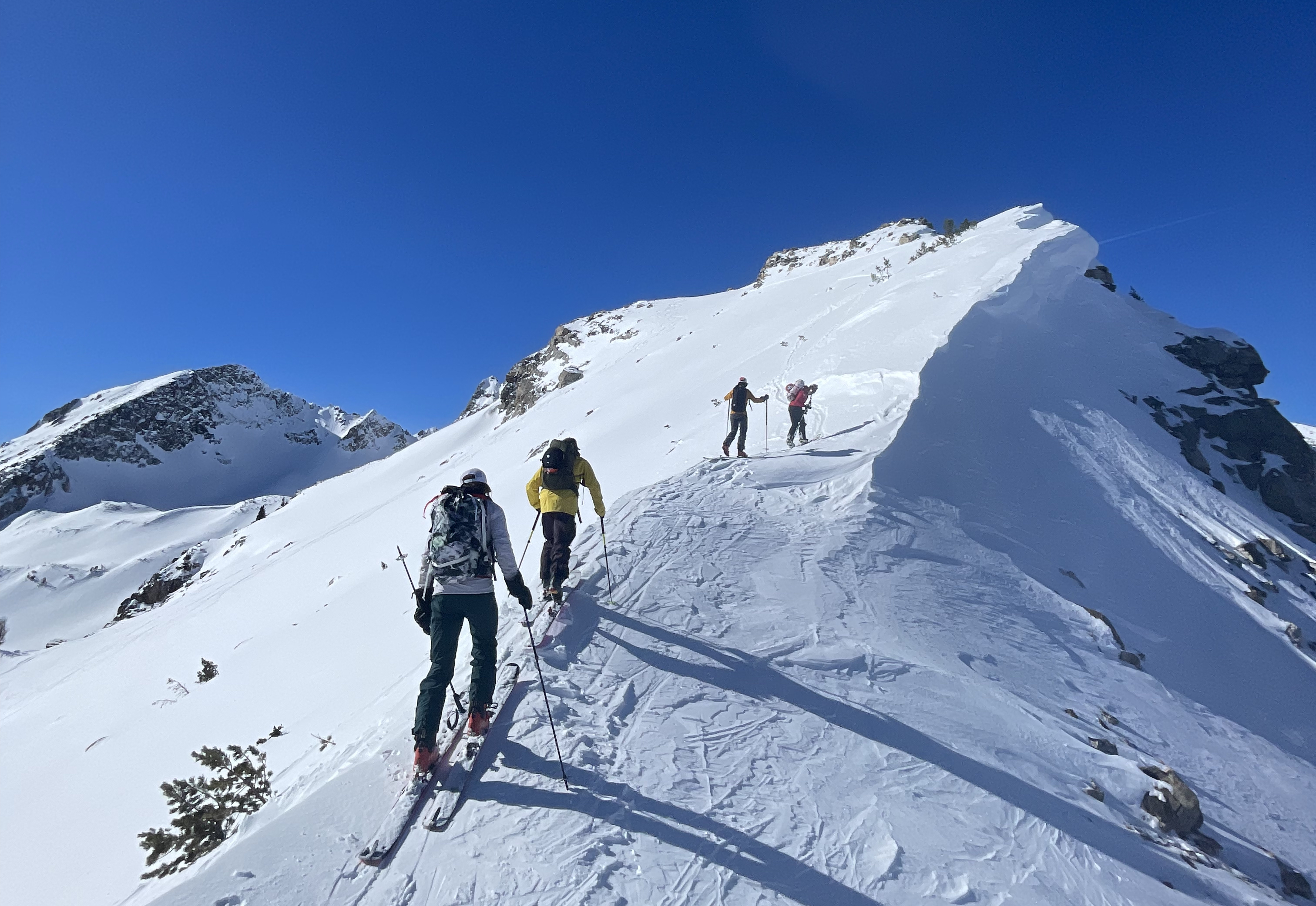
While it was fun to put into practice some of the efficient rope skills I'd learned-like utilizing an easy-access rope bag to set up a really quick rappel-what stood out the most was the thoughtful conversations we'd had on the way up, which helped us build out a bigger picture of what we'd encounter.
After the rap, we eased out onto the untouched slope, confident in the snow under our feet, but keeping the rope out for a quick belayed ski cut. No presence of a slab and solid bonding to the old interface felt like a nod to proceed. A 1,500-foot descent of creamy untouched pow felt like a fine prize for our long discussions, and we reaped our reward all the way down to the valley floor.
